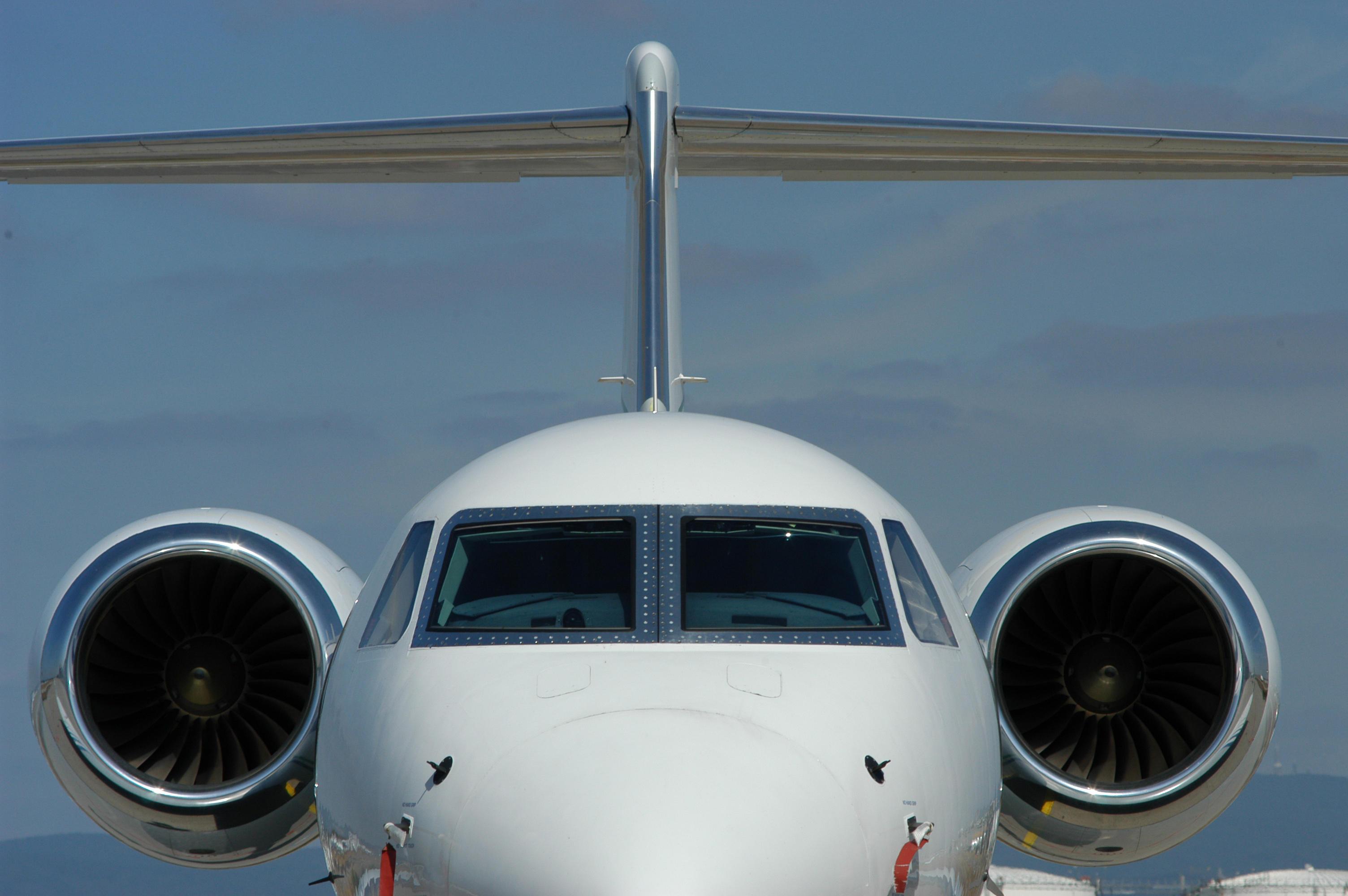
After increasing 26% in 2021, pre-owned business jet transactions are projected to decline in 2022 due to inventory shortages before growing again the following year, according to a just-released five-year forecast by Global Jet Capital.
At the same time, new deliveries are expected to experience a “marked improvement” as manufacturers introduce new models and increase production rates to keep up with demand, the forecast says.
In the pre-owned market, the forecast over the next five years predicts transactions to total 15,419, valued at $83.6 billion with an annual growth rate of 2.5%.
In 2022, however, used business jet transactions, which totaled 3,189 in 2021, are projected to decline 11.3% to 2,829, before growing to 2,979 in 2023 and 3,093 in 2024, according to the forecast.
“That frenzy that characterized 2021 seems to have cooled a bit,” says Vivek Kaushal, Global Jet Capital CEO, noting low inventory. “But at the same time, the underlying demand is there.”
In addition, 2022 is an important year from a tax perspective, Kaushal says.
“From next year, the bonus depreciation in the U.S. will start to taper off,” he says. “We do expect that a lot of people will still be wanting to take advantage of that tax depreciation.”
New business jet deliveries, meanwhile, are projected to increase over the five-year period with deliveries projected to total 4,155 aircraft from 2022 through 2026, valued at $103.2 billion, at a 4.4% per year average annual growth rate.
Specifically, new business jet deliveries, which rose 18.3% in 2021 to 712 aircraft, are projected to total 760 in 2022, growing to 764 in 2023 and 868 in 2024. Dollar volume is expected to increase 7.6% per year over the five-year forecast, mainly due to a product mix that favors larger jets.
“Even as manufacturers increased production levels, new orders increased even faster, driving up manufacturer backlogs,” Global Jet Capital says. “New users entering the market are evolving into a key demand driver. In addition, OEMs plan to introduce several new aircraft models over the next few years. These factors, along with typical replacement and trade-up patterns, are expected to cause new deliveries to continue to increase over the next five years.”
All size classes of business jets are expected to rise over the five-year period. Shipments of heavy and medium jets are projected to increase the fastest, with heavy jets demand growing at a 5.6% compound annual growth rate and medium jets growing at 6.2% CAGR between 2021 and 2026.
In considering whether the business jet market will be impacted by a fallout from outside issues, such as the war in Ukraine and inflation, Kaushal notes the number of positive issues working in the industry’s favor.
The first is that the value proposition of business jets has been proven during the pandemic. That plus a mature industry that is balancing supply and demand will support sustainable growth in the future, he says.
“The users don’t think of it as a luxury,” Kaushal says. “And certainly, the continued issues that you’re seeing in commercial aviation just reinforce every day for users what value a business jet brings. You have an asset class that has a level of utility that’s just significantly more proven over the last couple of years.”
At the same time, manufacturers have been disciplined about their order books and production levels.
“They are very committed to quality,” Kaushal says. “They don’t want to take a chance and miss a delivery date or deliver a plane that’s not properly completed. So, they have been ramping up production slowly and more deliberately.”
That is a departure from the frenzied production increases that took place before the downturn in 2008. Today, orders in manufacturers’ backlogs are of high quality with deposits and buyers at the end of them.
“That discipline is going stand them in good stead,” he says. “It drives predictability of those deliveries because there are people that have put money down and fully intend to follow through. Even if some of them fall away, you’re not going to see collapse in that backlog if things continue to be volatile.”
At the same time, pre-owned inventories are at an all-time low.
“All in all, even if you sort of embrace the narrative of a slowing economy … I would say that the setup is very prudent,” Kashaul says. “You can see how the lessons of the past decade are holding the industry in good stead.”
Danbury, Connecticut-based Global Jet Capital, a provider of aircraft financing, has surpassed $3 billion in originator transactions in its first seven years of business. So far in 2022, its business has already exceeded its performance in the whole of 2021.
On May 17, the company announced the close of its sixth asset-backed security offering that raised about $609 million, bringing its total assets securitized to about $4.4 billion and bonds issued to about $3.6 billion. The transaction attracted 27 investors.

